It’s nearly here. That golden morning we’ve all been counting down to... June 16th. When the riverbank calls again, the sun’s low, the mist clings to the surface, and anything feels possible.
It epitomises fishing. The world’s still waking up, the trees are in full leaf, and the rivers are alive, plus the fish are hungry and ready to feed. If you get it right, the bites will come quickly and that first wrap-round from a barbel or the steady pull of a chub charging off a gravel run is enough to make you wonder how you went three months without it.
An early season river can be really productive, so to help, we’ve pulled together a few simple tips that will help you get off to a great start and hopefully have you catching a few nice fish along the way...
Pellet feeder for barbel
Blockend swimfeeders aren’t just for holding maggots – they also work great with hemp and caster, or a mix of small pellets, especially for barbel.
Simply hair-rig an 8mm halibut pellet and put 2mm-4mm offerings in the feeder. If there’s a big ‘whiskers’ in the vicinity it will soon show an interest!
USE THE BEST BARBEL RODS TO CATCH YOURSELF AN EARLY SEASON BARBEL.
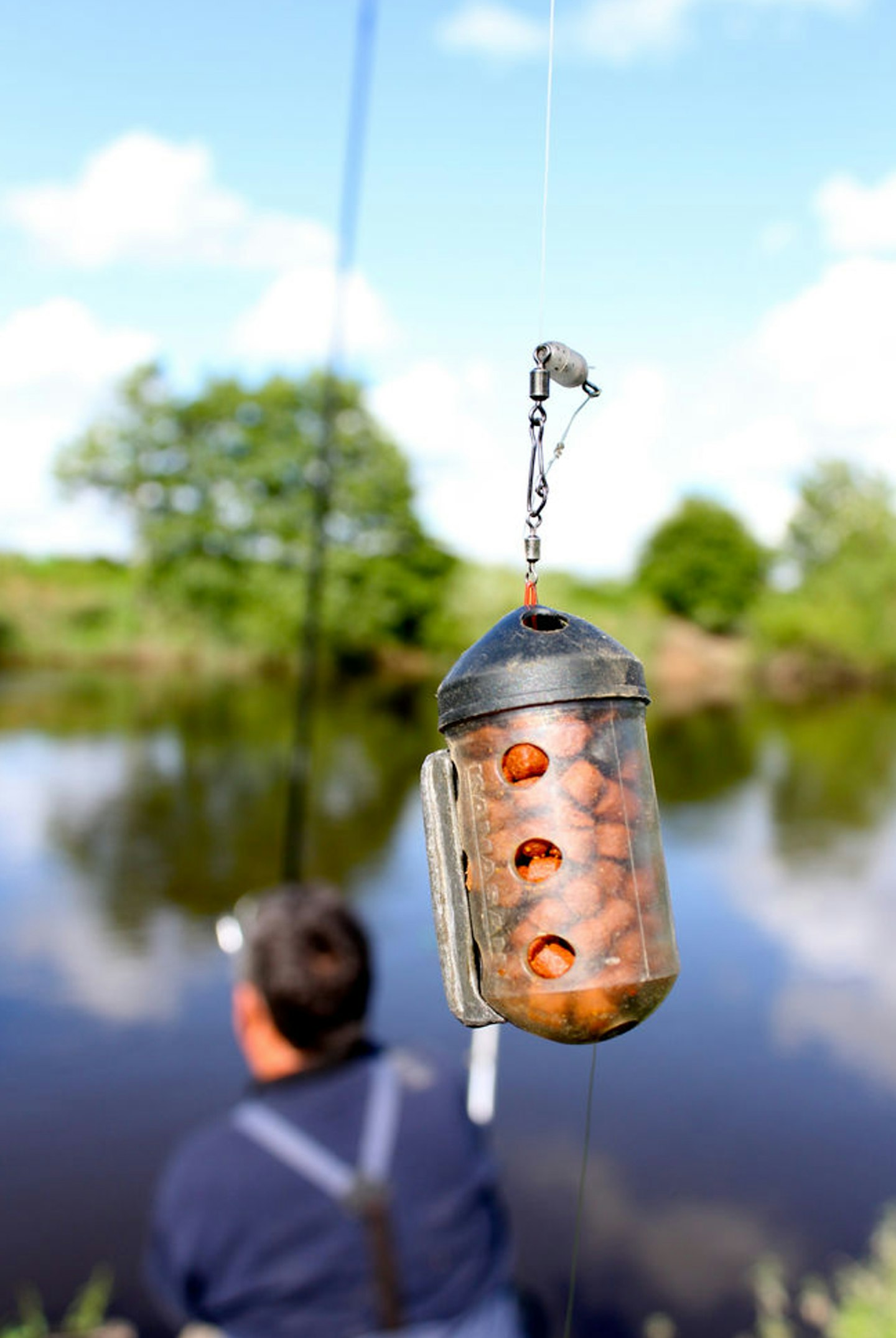
Seeds for roach
Most people fish maggots for roach, but they’re far from selective and you can end up being plagued by minnows and other small nuisance fish.
Hemp and tares, on the other hand, have a superb record for big roach, and it’s a super-cheap way of fishing as you don’t need much bait. Simply feed six to 10 grains of hemp and the odd tare, then present a single tare just off the bottom with a lightly shotted float rig, and you’ll soon be putting redfins in the net.
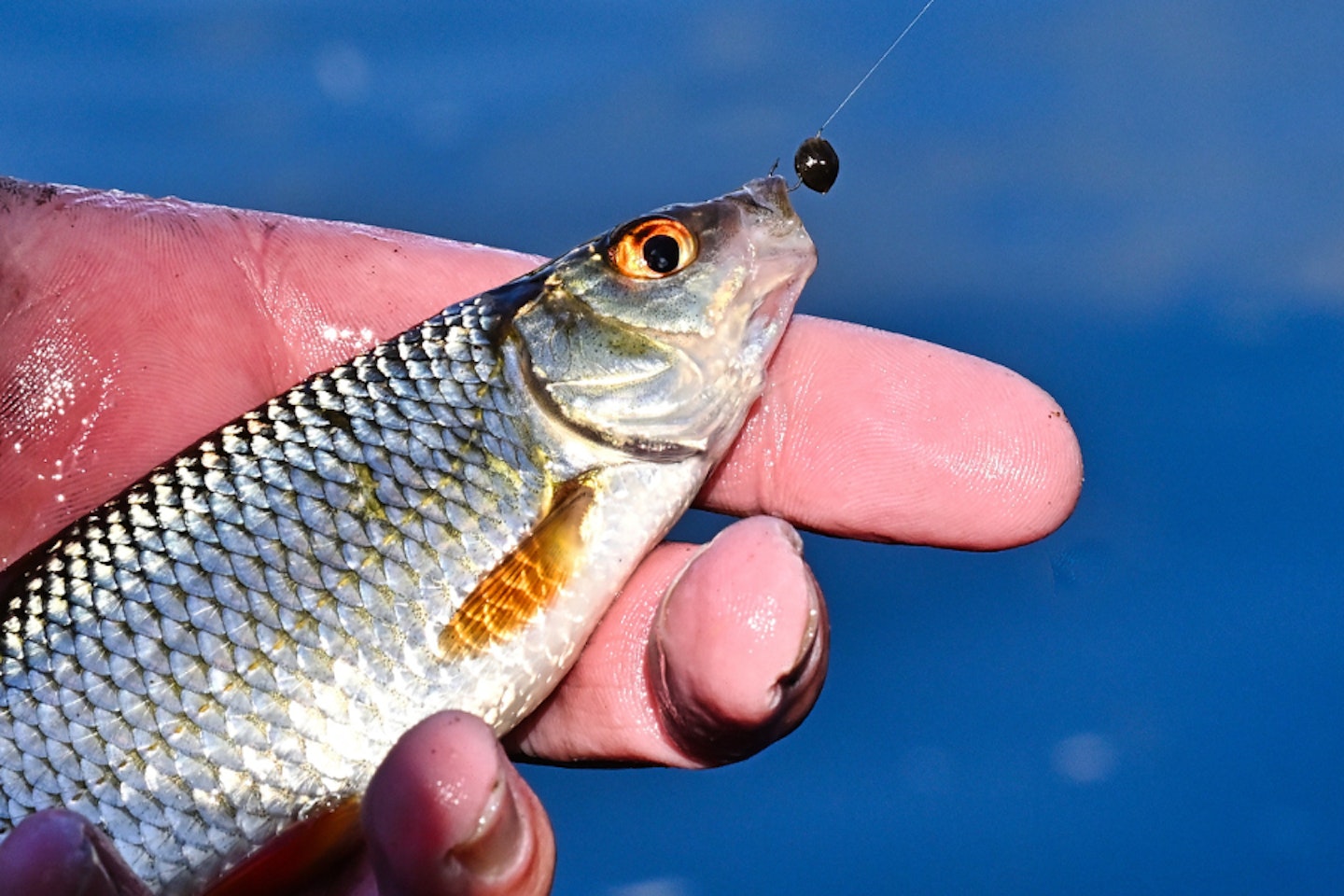
Try fast shallow water
Too many anglers walk past fast-flowing shallow swims and then settle into spots where there aren’t many fish at this time of year. As long as you can find 3ft of water or more, there’s a good chance that the swim will hold barbel and chub, so don’t ignore swims just because they look fast on the surface.
FIND A GREAT BARBEL RIVER NEAR YOU WITH OUR WHERE TO FISH GUIDE.

Break out the long pole
Long poles have made fishing for silverfish much easier on some of our slower-moving rivers.
Try using light strung-out rigs and, as a rough guide, use 0.10g for every foot of water. A swim that is 4ft deep should therefore be tackled with a 0.4g float. Use No8 shot, with a No9 or a No10 as your dropper shot, positioned around 6ins to 10ins above the hook.
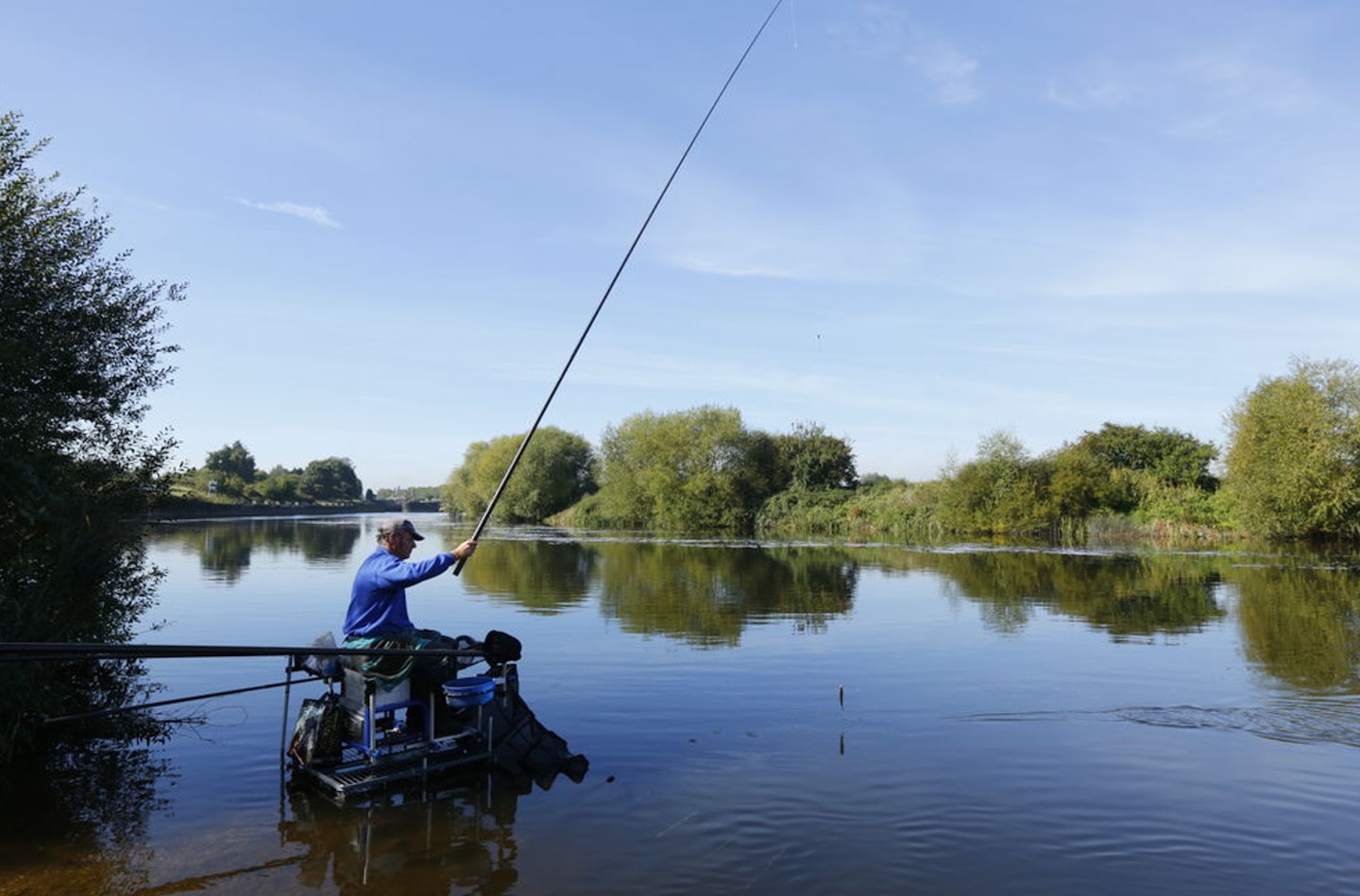
Fish shallow for chub
A lot of anglers miss out on good chub catches in deep water by setting the rig too deep and not feeding frequently enough. You can have some really big hauls by fishing just 3ft to 4ft deep in 12ft of water with a ‘wag and mag’ attack, but only if you keep the feed going in to get the fish competing. A small pouchful every 20 seconds is ample, and to really boost your chances, feed a swim for 15-20 minutes like this before casting out.
CHECK OUT THESE GREAT VENUES FOR CHUB FISHING ON THE FLOAT.
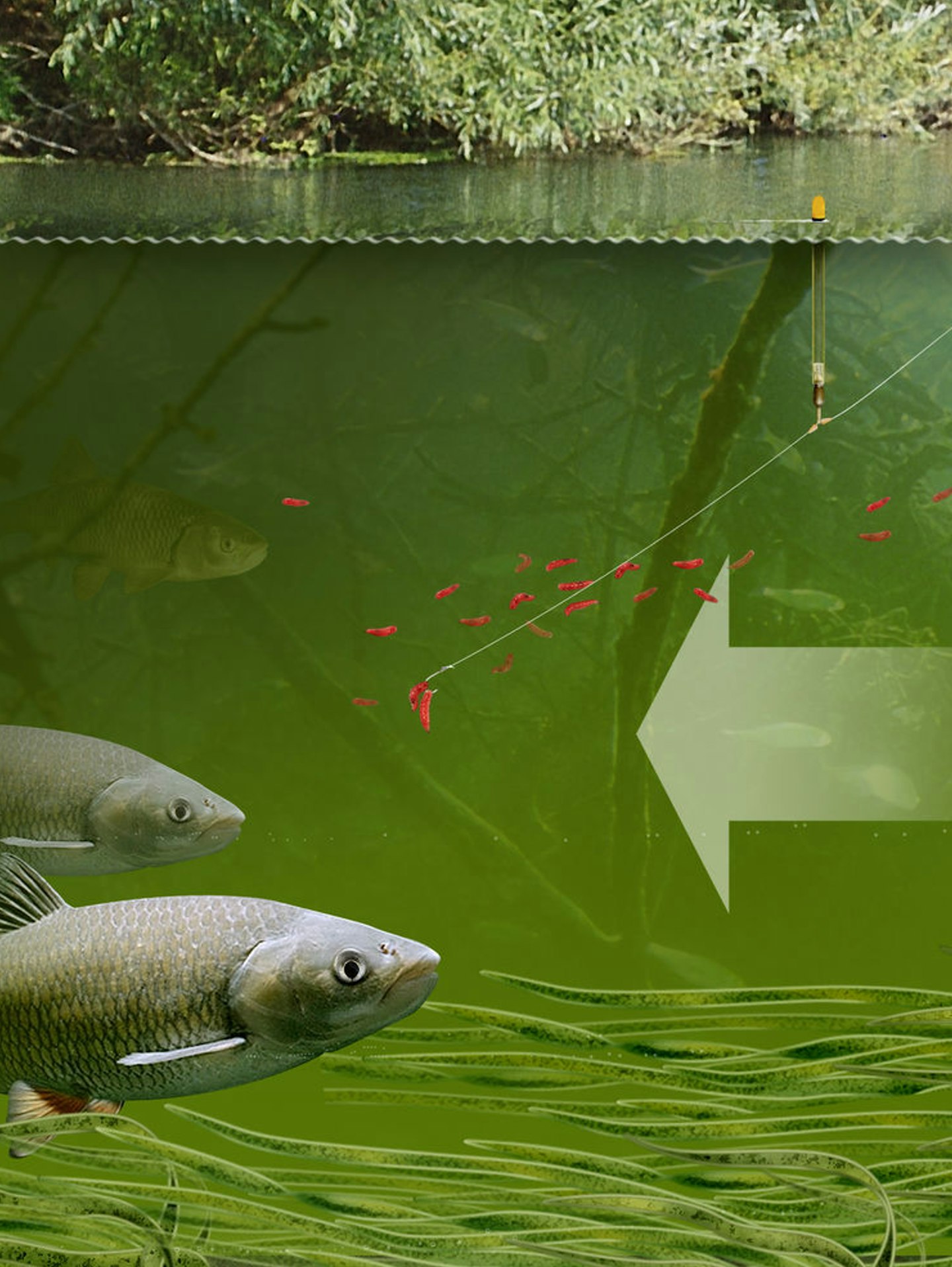
Dont fish too light
If big fish are your target, you might wait all day for a bite so the last thing you want is your gear to fail. Make sure everything is strong enough to cope with fish such as barbel, chub and even carp. That means a minimum of 6lb lines and hooklengths just a little bit thinner than that.
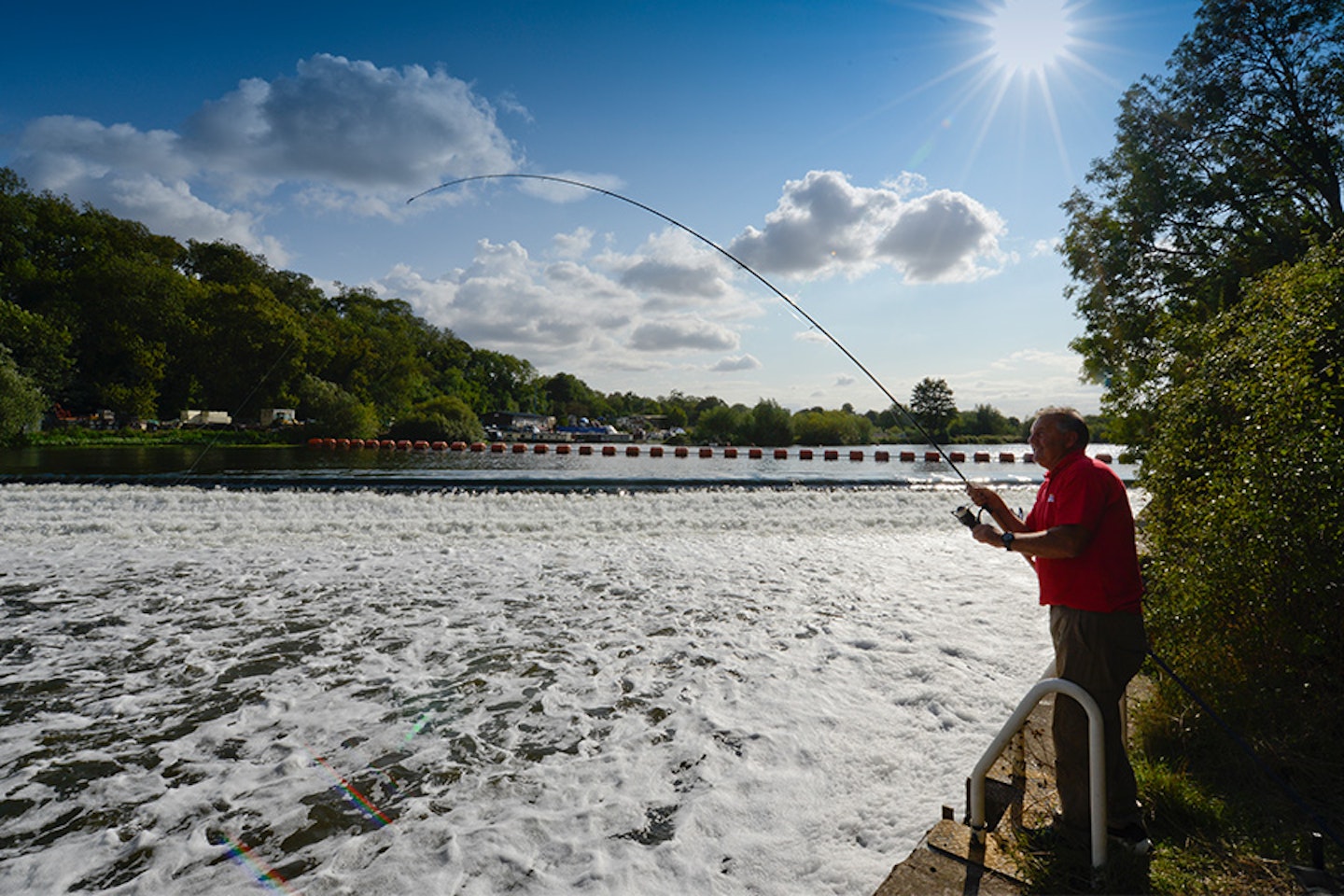
Try a float for barbel
Float fishing for barbel is so exciting, and if you’ve never done it, you’re seriously missing out. Keep things simple and use 6lb-8lb mainlines, big, thick wagglers or Avon floats and strong hooks in sizes 10 to 14. A bunch of maggots fished over a loosefeed of casters and hemp will soon get fish feeding. Try to find swims from 4ft-6ft deep and there’s a good chance barbel will be present.
THE BEST FISHING REELS ARE CAPABLE OF FLOAT FISHING FOR BARBEL.
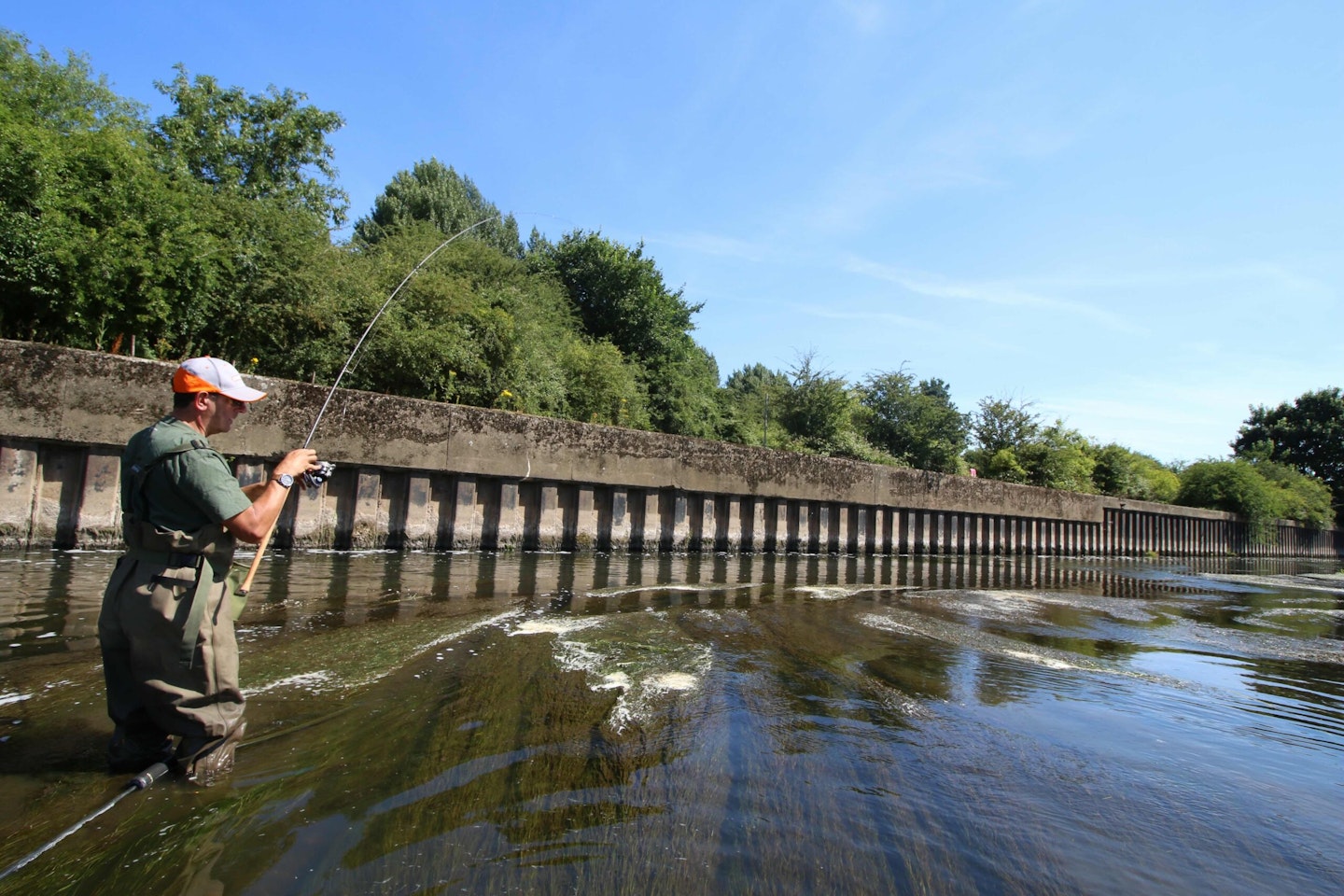
Try a groundbait feeder
While they don’t fight as hard as barbel, big river bream can still pull your string pretty well, and there’s no better way to target them than with a groundbait feeder. It’s possible to put together some huge weights when there’s colour in the water. Use casters and chopped worms through the feeder with worms on the hook.
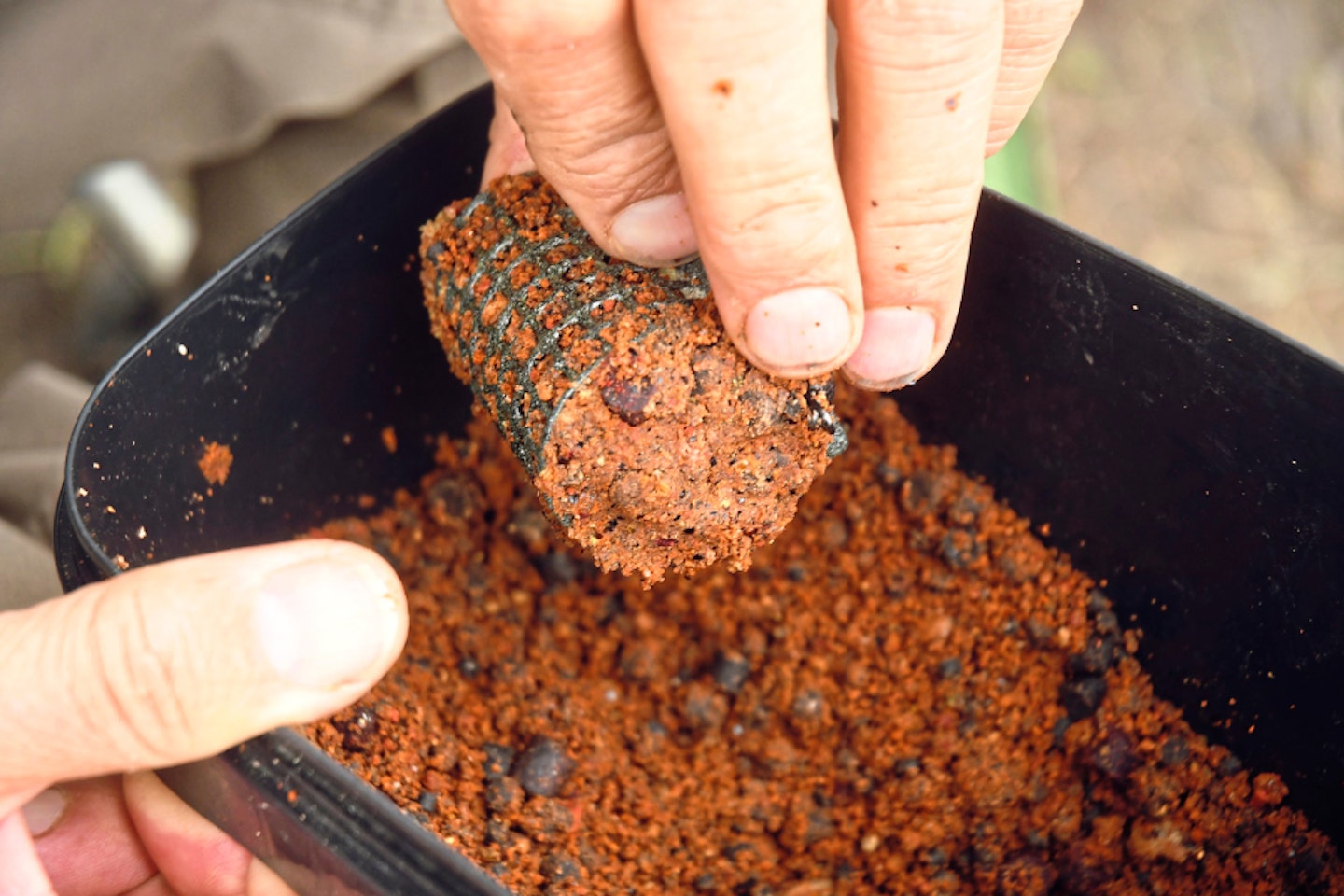
Try different lengths of hooklink
This is an area of river feeder fishing where a lot of anglers miss out on getting better catches by not changing anything. While 2ft 6ins to 3ft is often a very good starting point, try shorter hooklinks if you’re missing bites and go much longer, up to 5ft or 6ft, if you’re not getting any bites at all.
TIE THE BEST BARBEL RIGS WITH THIS HELPFUL GUIDE.

Tempt perch with worms
Most of our rivers now hold very good stocks of hefty perch, and they’re a great fish to target with both running line and pole gear. If the flow is slight, feed the swim by hand but if there is any pace, a bait dropper works better. Feed a combination of casters and chopped worms, with the latter on the hook.

Try hollow elastics
Hollow elastics aren’t just for chunky stillwater carp, they’re also excellent on running water when targeting larger-than-average specimens. Try Daiwa Hydrolastic in black, grey and white for big fish, and if smaller fish are your target, then scale down to yellow, pink or blue.
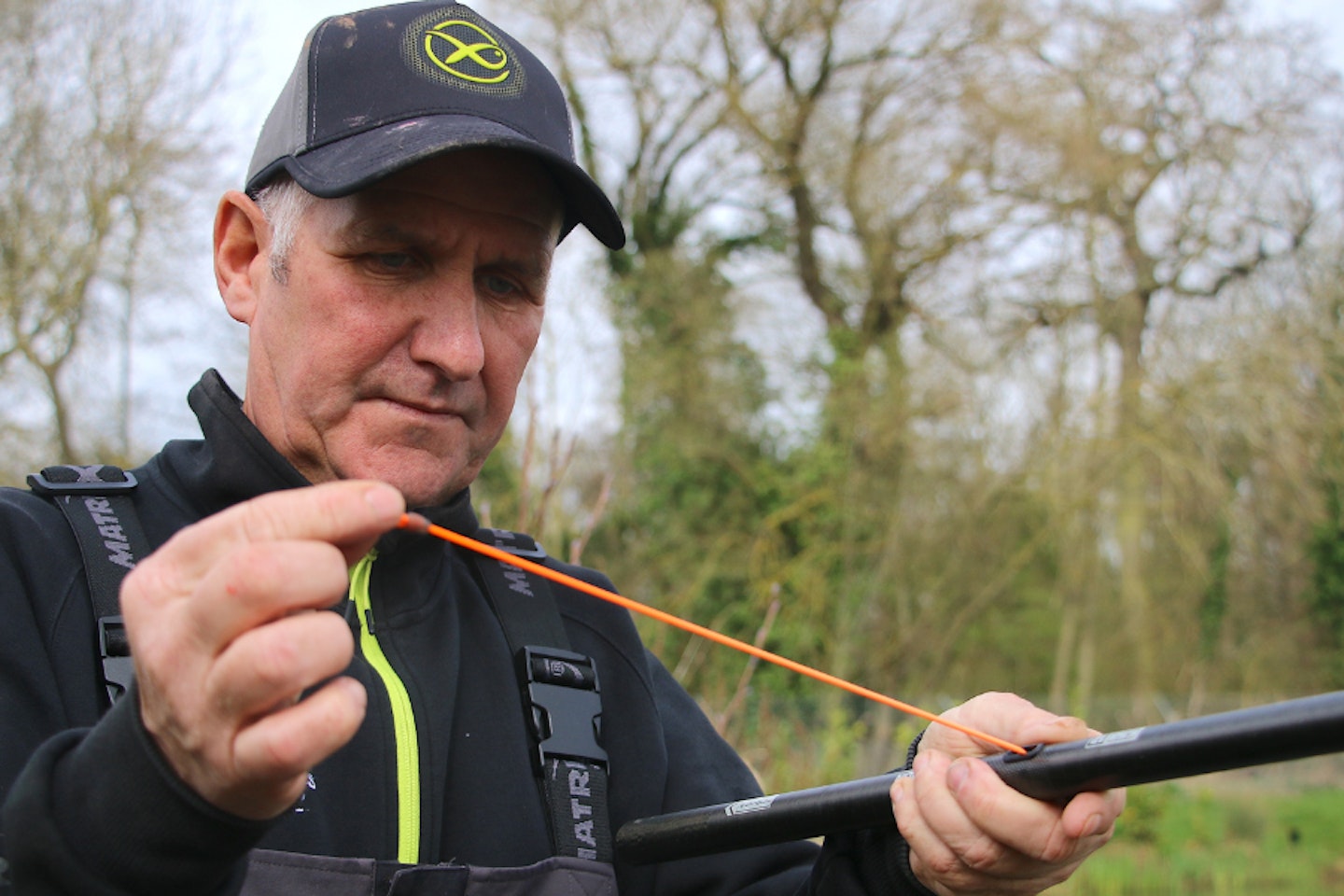
Ball it in
A big groundbait bombardment at the start of a session when there are a lot of roach or skimmers present can often be the best approach.
Try putting in six to 10 balls to begin with and then fish over it with a bulk-shotted pole rig or a stickfloat/Avon rig on rod and line. If you can find some molehill soil, add this to your mix too, just to get it down quickly on to the riverbed.
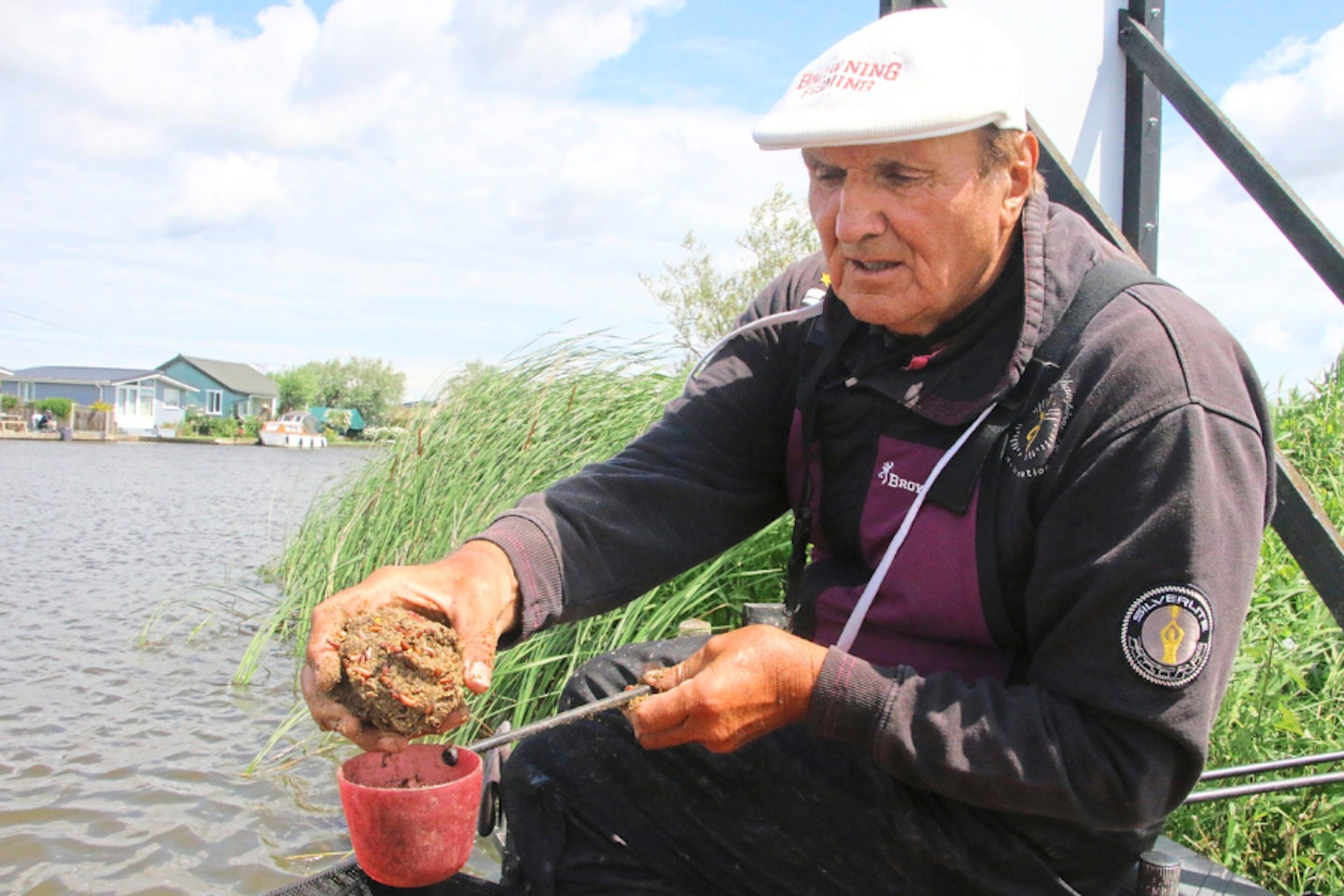
Carp pellets for chub
In the same way that halibut pellets are good for barbel, fishmeal pellets make a great feed and hookbait for chub. Feed with 6mm pellets and use a banded 8mm pellets on the hook.
On more difficult waters, feed 4mm pellets and use a banded 6mm pellet on the hook. You don’t need to feed loads – a pint or two will normally be ample.
USE THE BEST CHUB RODS TO CATCH YOURSELF A CHUB ON PELLETS.

Explore the river
The fish in heavily-pressured stretches will behave differently to those off the beaten track, which often give their location away quite readily by crashing out of the water or taking insects off the top. Walk your fancied stretch early in the morning and look for these signs to give you an indication of which pegs may be best. Remember, the busiest stretches aren’t always the best, just the most convenient.
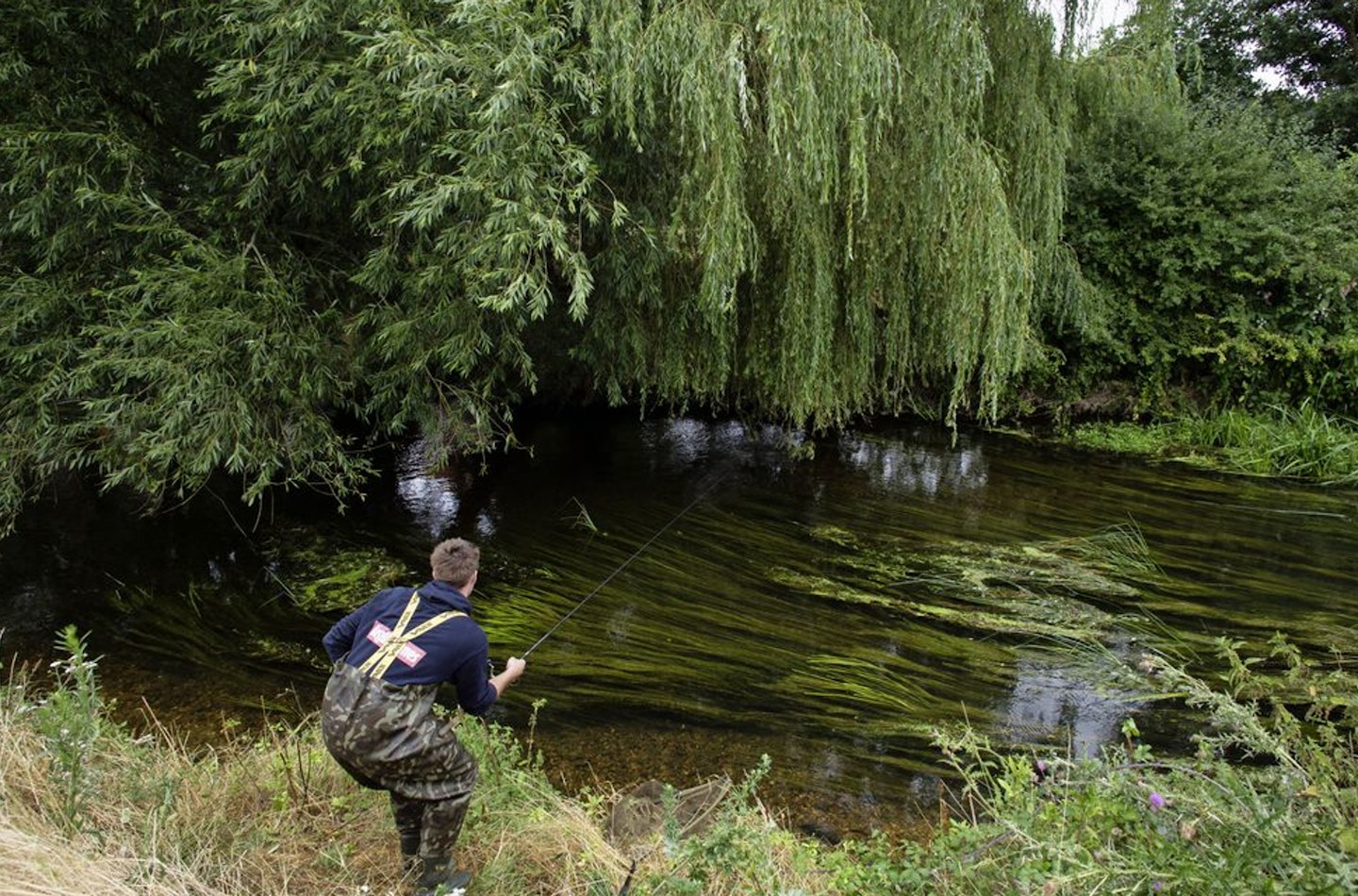
Try a longer float rod
It may sound like a ruse from a tackle company after your hard-earned money, but a long float rod is a huge advantage when trotting stick or Avon floats. A 14ft/15ft model will enable you to ‘keep in touch’ with the float and allow you to work it around the swim far more efficiently than you could with an 11ft rod. Size really does matter in this instance!
LONG FLOAT RODS OFTEN MAKE THE BEST SPECIMEN RODS, SEE OUR TOP PICKS IN THIS GUIDE.

